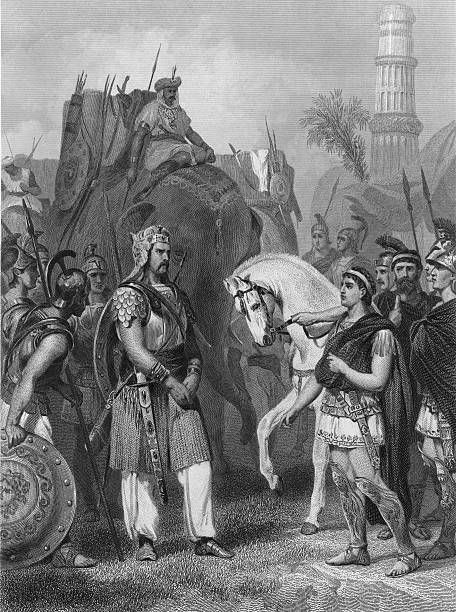
Revival with Antiochus III the Great
Indus Valley, PakistanA revival would begin when Seleucus II's younger son, Antiochus III the Great, took the throne in 223 BCE. Although initially unsuccessful in the Fourth Syrian War against Egypt, which led to a defeat at the Battle of Raphia (217 BCE), Antiochus would prove himself to be the greatest of the Seleucid rulers after Seleucus I himself. He spent the next ten years on his anabasis (journey) through the eastern parts of his domain and restoring rebellious vassals like Parthia and Greco-Bactria to at least nominal obedience. He gained many victories such as the Battle of Mount Labus and Battle of the Arius and besieged the Bactrian capital. He even emulated Seleucus with an expedition into India where he met with King Sophagasenus (Sanskrit: Subhagasena) receiving war elephants, perhaps in accordance of the existing treaty and alliance set after the Seleucid-Mauryan War.
